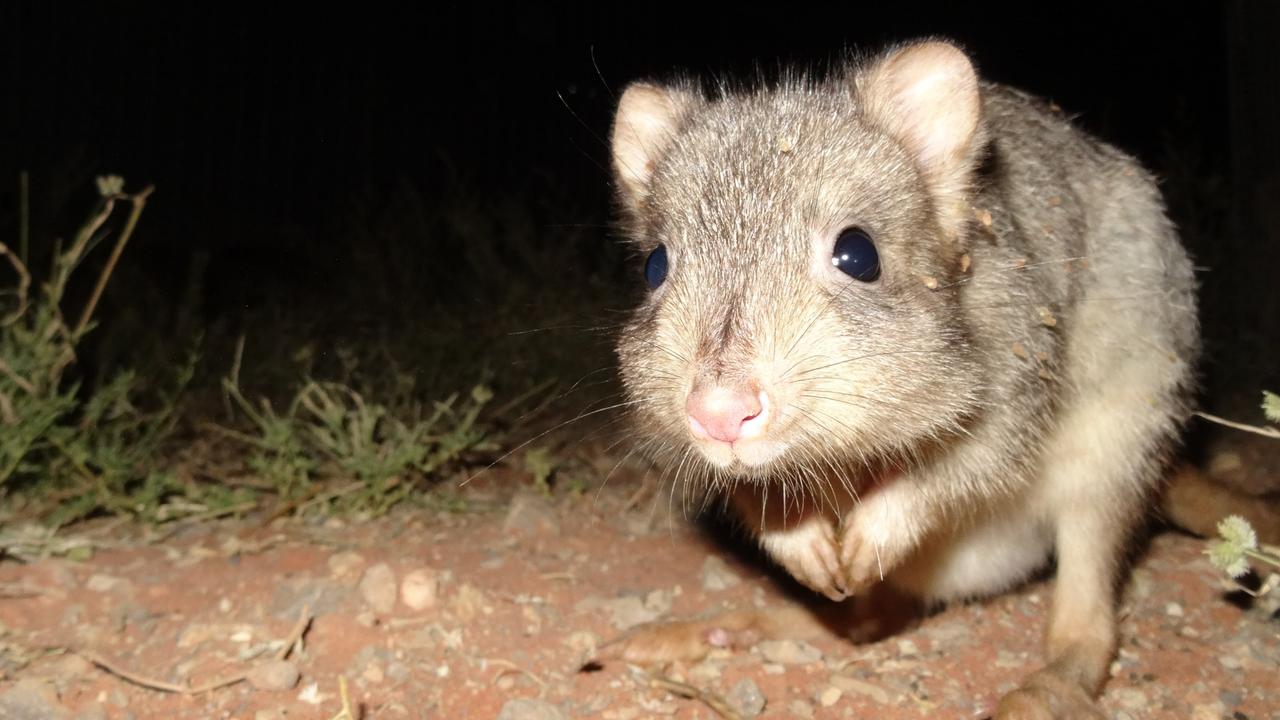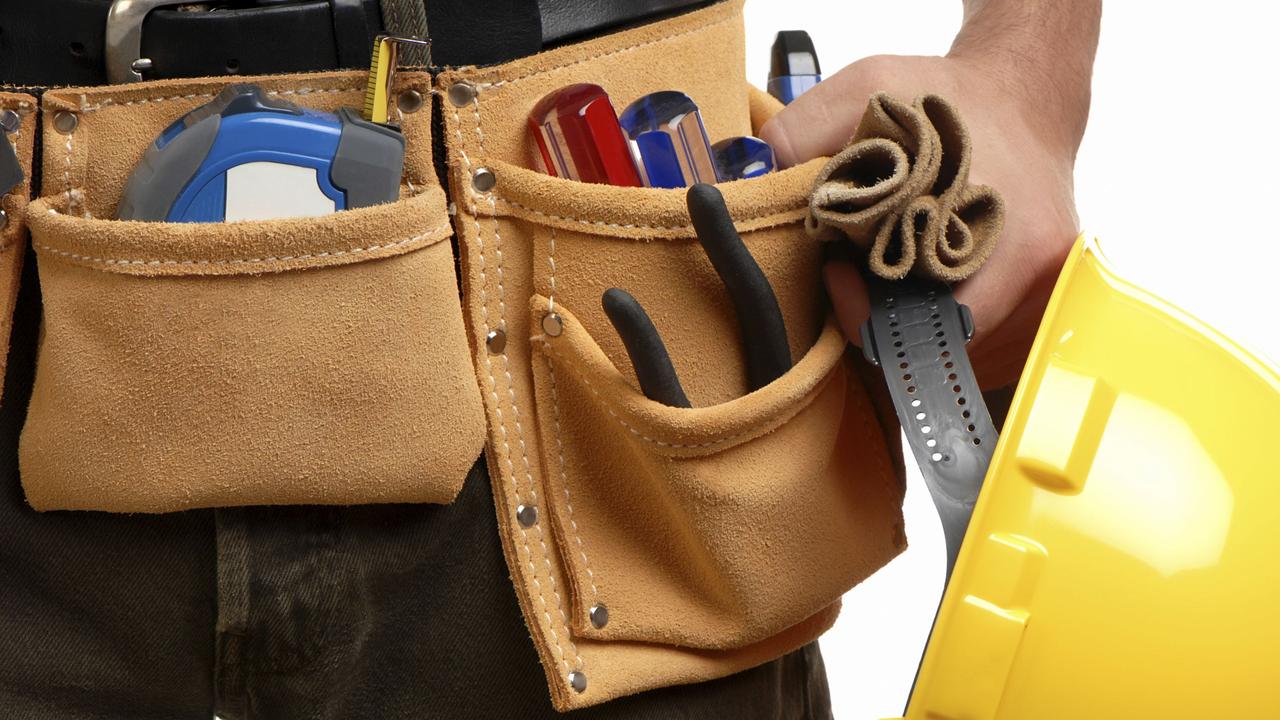Police history book reveals the harsh realities our early officers endured to maintain law and order
AS miners rushed to South Australia's newly discovered goldfields one wild and lawless place was desperate for a permanent police station - but drunken goldminers was not the biggest threat the officers faced.
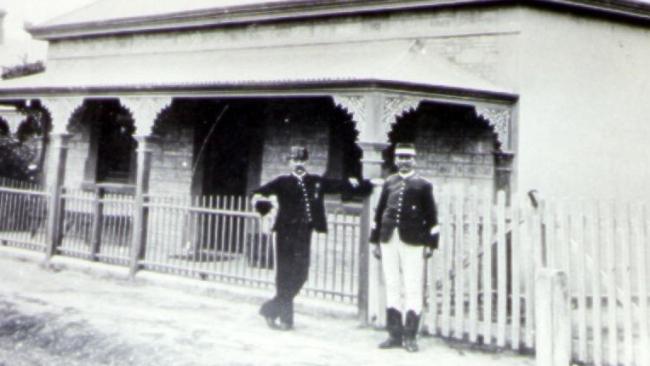
National
Don't miss out on the headlines from National. Followed categories will be added to My News.
IN all likelihood, early last century police officers probably dreaded the prospect of being posted to many fledgling settlements in the South Australian Outback.
Atrocious living conditions, appalling accommodation often comprised of only a tent, brush wurlie, stone or wooden hut and little or no equipment were often the norm for most police in country locations as the state’s population steadily grew.
But one posting was probably feared more than most – Tarcoola, 700km north of Adelaide in the inhospitable Far North.
With more than 2000 miners settling on the newly discovered goldfields by 1900, it was a wild, lawless place craving a permanent police station.
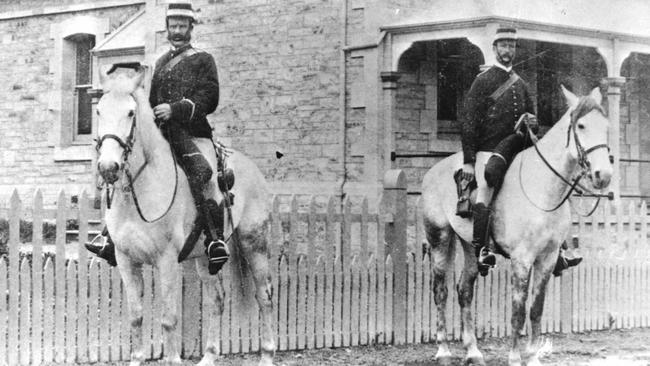
But it wasn’t drunken goldminers the first mounted police assigned to the remote outpost in 1900 had to fear – typhoid was their biggest enemy. It would kill three police officers within just seven years, making it one of the state’s deadliest police postings.
Besides maintaining law and order on the goldfields, those unfortunate enough to be sent there had multiple roles – including that of a sanitary inspector. With little water, no waste disposal or effluent systems, disease was often rife.
Perhaps the only respite the officers received were to be on the monthly gold escorts to Adelaide – on horseback and camel.
The tragedies that unfolded at Tarcoola are detailed by former police deputy commissioner John White in a comprehensive book he has written, which provides a fascinating insight into and details the history of every police station in SA from 1838 to the present day.

It also examines those in the Northern Territory from 1870 to 1911 when it came under Commonwealth control.
More Than Just Bricks and Mortar details 495 police stations, starting with the Adelaide police station, which only recently shifted from Wakefield St to Grenfell St, and concluding with the Yunta police station.
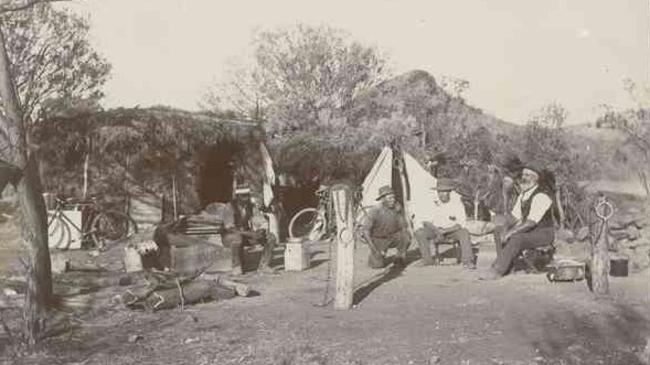
While much has been written about the history of local hotels, churches and railway stations in a township, there is little about police stations – which in Mr White’s view was a significant void in a most important aspect of the social history of SA and the early NT.
“I wanted to correct that. I thought I knew a lot about police history but what I found surprising was a lot of the hardship stories,” says Mr White, who retired in 2007 after 43 years with the SA police.
“They included the police officers dying of typhoid and buried in unmarked graves and another falling dead on the beat while chasing an offender.”
The book is the third by Mr White, an avid police historian, on the force’s bygone days. The first were on police uniforms and police transport.
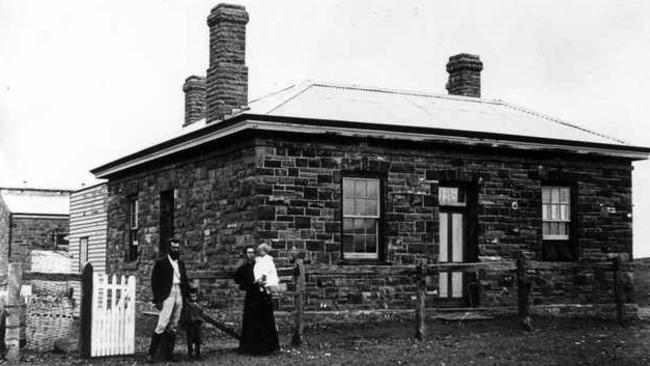
The latest was supposed to be an 18-month project but it ended up taking almost six years as Mr White realised he had severely underestimated the challenge.
“Policing is about people, the interactions with the community, so while it is important to record the physical aspects of the police stations, I thought it was also important to talk about the human aspects of it,” he says.
“That was the theme I wanted to follow as I researched and wrote the book.”
As part of this process, he visited many old station sites and spoke with local historians but, sadly, discovered a lot of the documentation had been lost and many people with this knowledge also died.
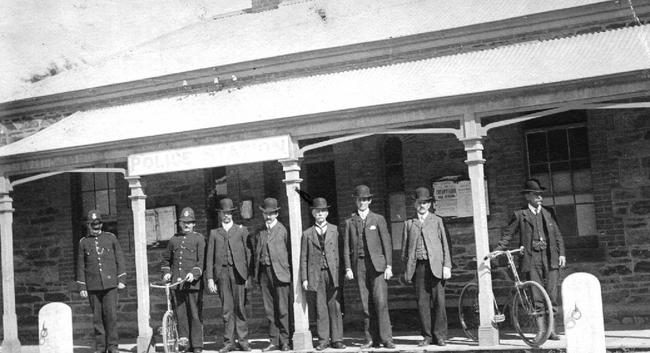
Perhaps the most resounding theme he uncovered was the incredible commitment and self-sacrifice by officers and the appalling living conditions and hardships the officers and often their wives and families endured, uncovering literally hundreds of anecdotal incidents that are detailed in the book.
While many were sad, the deaths of the officers at Tarcoola particularly touched him.
“They suffered lonely, terrible deaths just for doing their job and they were buried in unmarked graves at the Tarcoola cemetery,” he said.
Such was Mr White’s empathy for the pair – and another officer who took his life there some years later – that he had a memorial sign made up and placed in the cemetery in 2016.
“It says they will never be forgotten,” Mr White says.

It also highlighted the contrasts between policing and the conditions officers enjoy today, compared with that of their colleagues last century.
“It was a harsh regime they worked under. A strict and challenging environment for little pay,” Mr White says.
■ More Than Just Bricks And Mortar can be bought from the Police Credit Union or online through the SA Police Historical Society webpage. Proceeds to the SA Police Historical Society.
Originally published as Police history book reveals the harsh realities our early officers endured to maintain law and order

